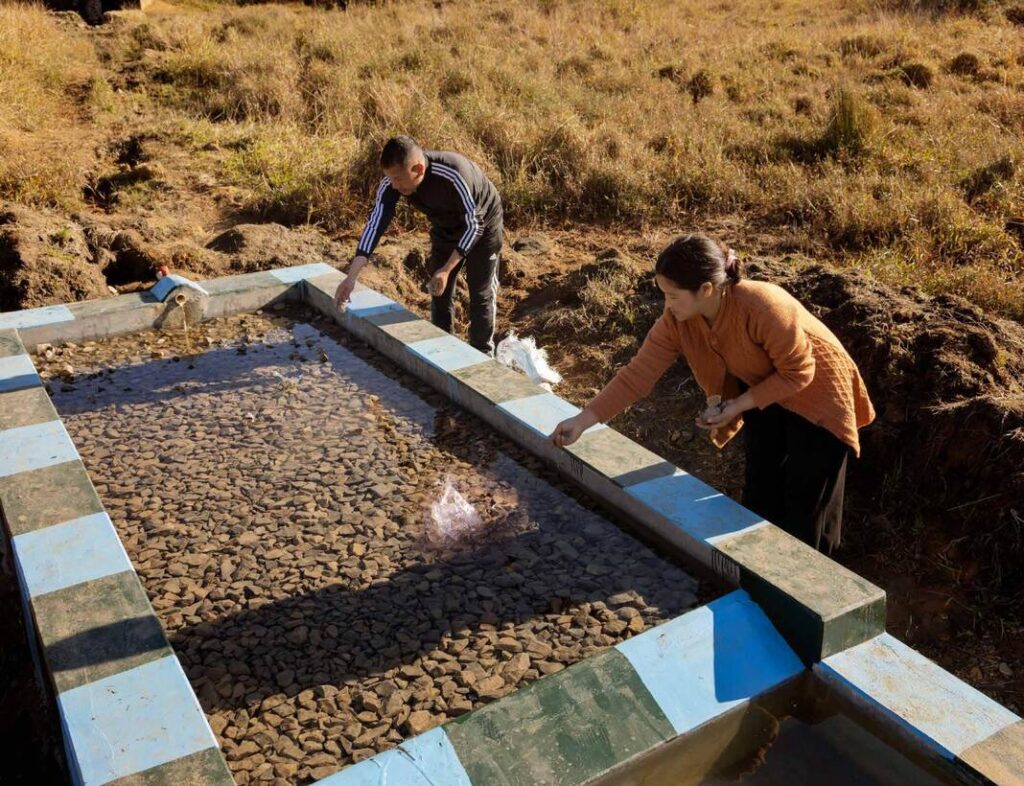Shillong, May 1: A new approach to forest management is helping Meghalaya’s tribal communities to reforest their degraded hillsides and revive their dwindling springs, while building a green economy and creating new nature-based livelihoods, says the World Bank.

In the mist-draped hills of Meghalaya, change is taking root—led not by outside forces, but by the communities who call this land home. Once verdant and lush, the state’s forests have thinned and its water sources dwindled. Yet, amidst this environmental decline, a new model of landscape restoration is offering hope.
“I remember when our hills were green and the springs never stopped flowing,” recalls Balalupa Mawlong, a tribal elder. “Now, many of those springs are dry, and the trees are gone.” Like many others, she witnessed firsthand the damage caused by deforestation, shifting cultivation, and unsustainable land use. Mawlong has been quoted in the April 2025 World Bank in India newsletter, which has carried a story on the Meghalaya Community Led Landscape Management Project.

But the tide is turning.
With support from the World Bank, the Meghalaya government launched the Meghalaya Community Led Landscape Management Project in 2018. The goal: to blend traditional ecological knowledge with science and data to rehabilitate the landscape—while ensuring that the people who live off this land benefit economically.
The project empowered more than 400 village communities to restore their forests, revive dying springs, and adopt sustainable land-use practices. Together, villagers built check dams, planted trees, and developed forest management plans. Women, who had long been excluded from community decision-making despite the state’s matrilineal traditions, played key leadership roles for the first time.

In Umsarang village, Mendoris Synrem notes the change. “Before, our children had to fetch water before school. Now, clean water flows nearby, and they reach class on time.” In Mawteibah village, 141 households now enjoy water security thanks to community-driven action.
The restoration has been more than ecological—it’s economic. Residents like Bamutlangki Pariat in West Jaintia Hills have launched new livelihoods with project support. “With Rs. 25,000, I started raising chickens,” she says. “Now I don’t need to search for work outside.” Others have started goat farms, compost pits, nurseries for medicinal plants, and more, generating Rs. 1.3 crore in additional income across the project villages.

Also Read: Vanishing green: Forests in East Khasi Hills face steady decline
Also Watch
Find latest news from every corner of Northeast India at hubnetwork.in, your online source for breaking news, video coverage.
Also, Follow us on-
Twitter-twitter.com/nemediahub
Youtube channel- www.youtube.com/@NortheastMediaHub2020
Instagram- www.instagram.com/ne_media_hub
Download our app from playstore – Northeast Media Hub





